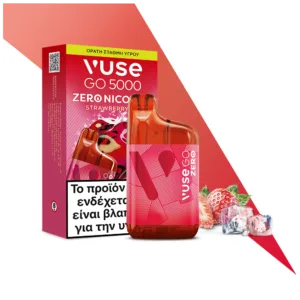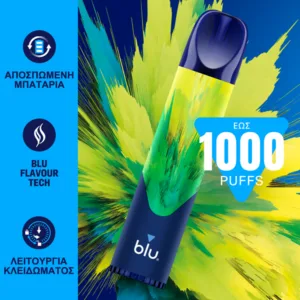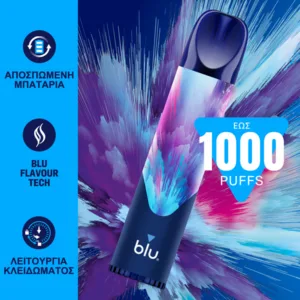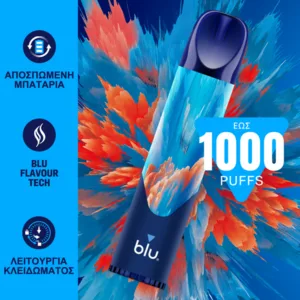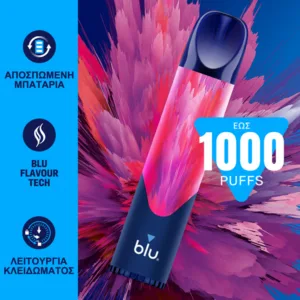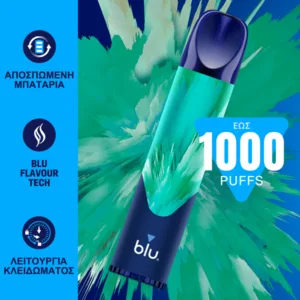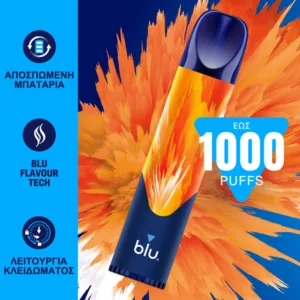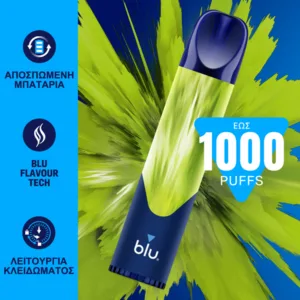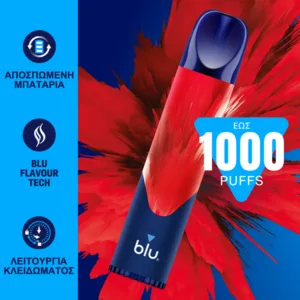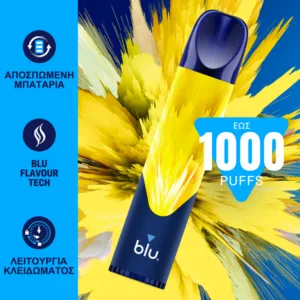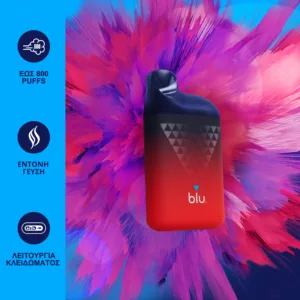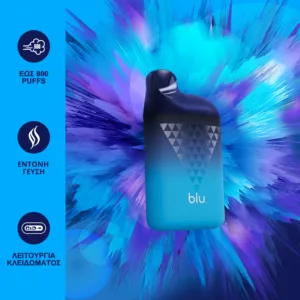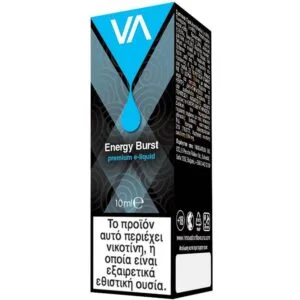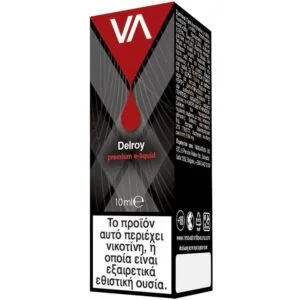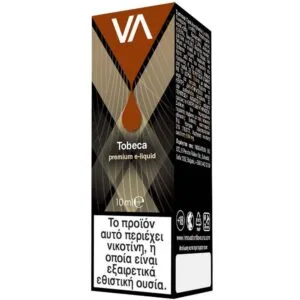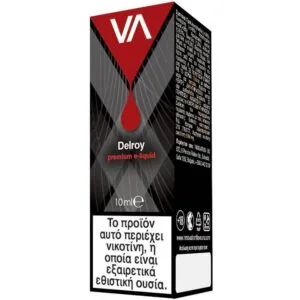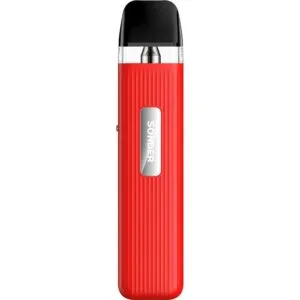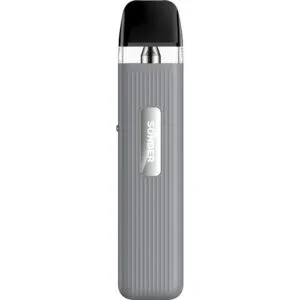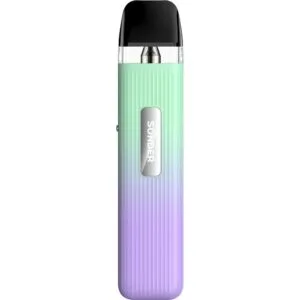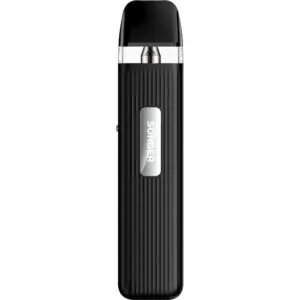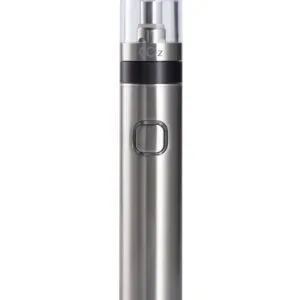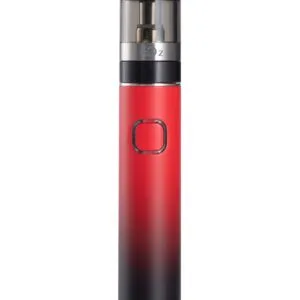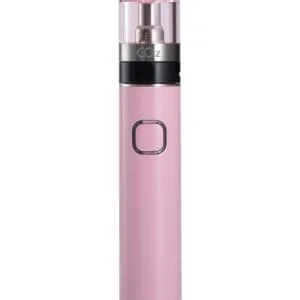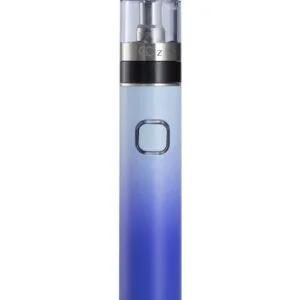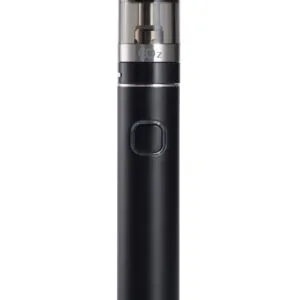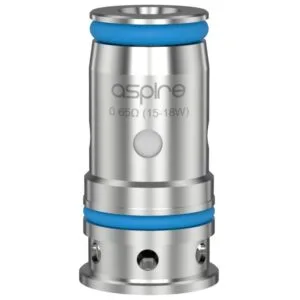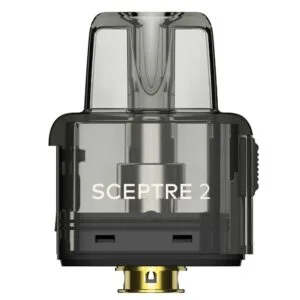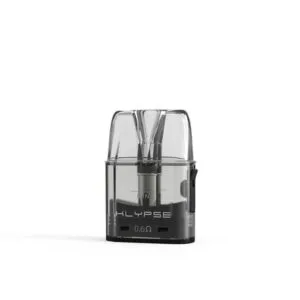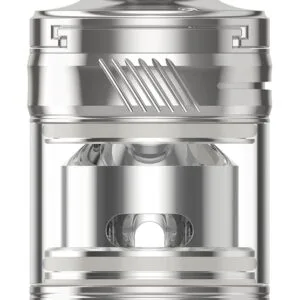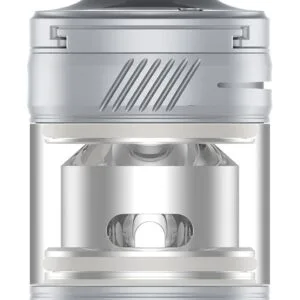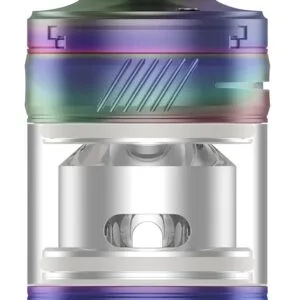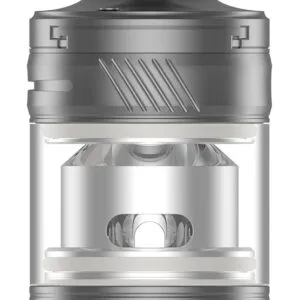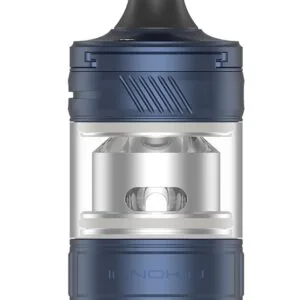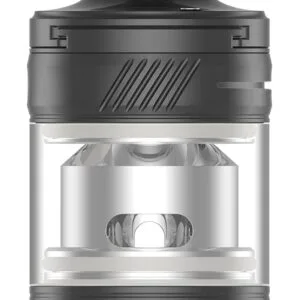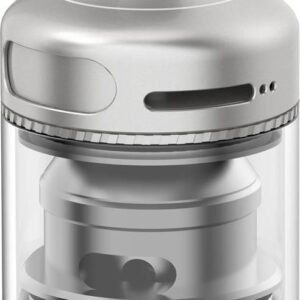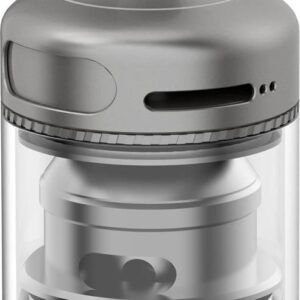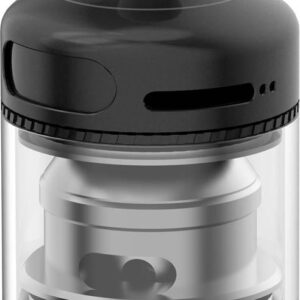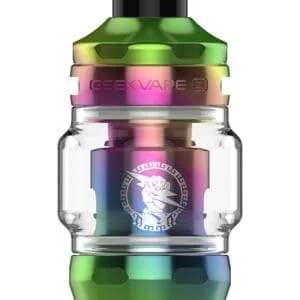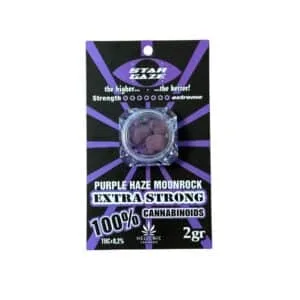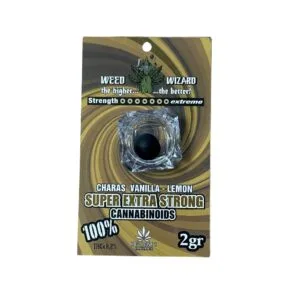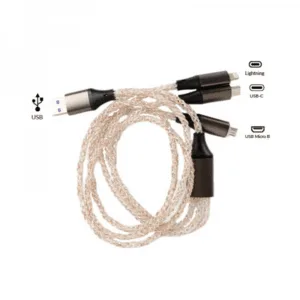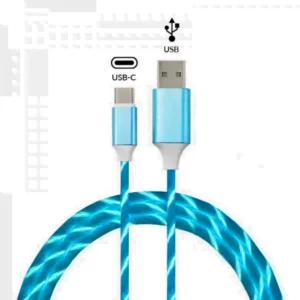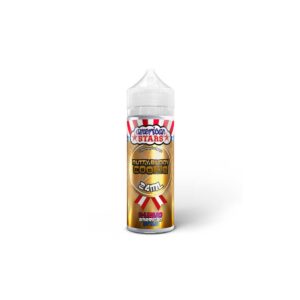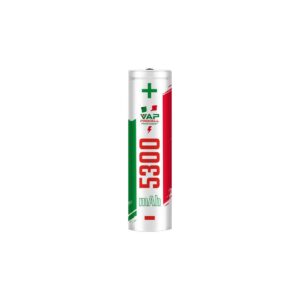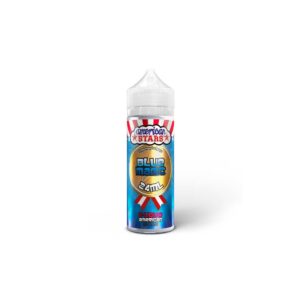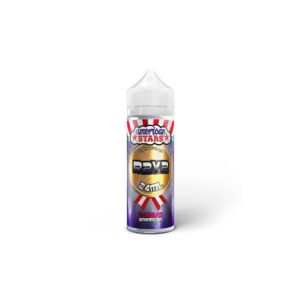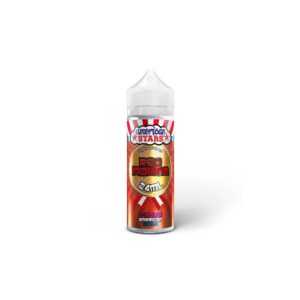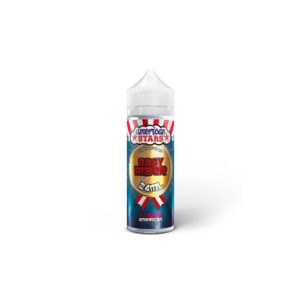Καλώς ήρθατε στο VapeTravellers – Το αγαπημένο σας μέρος για τον ατμό και όχι μόνο!
Στο VapeTravellers αγαπάμε τον ατμό και προσπαθούμε καθημερινά να προσφέρουμε τα καλύτερα προϊόντα για τους φίλουςσυνατμιστές. Με μεγάλη ποικιλία σε συσκευές, αξεσουάρ και υγρά αναπλήρωσης, καλύπτουμε όλες τις ανάγκες σας για μια κορυφαία εμπειρία ατμίσματος.
Όμως, δεν σταματάμε εκεί! Στόχος μας είναι να επεκταθούμε και να σας προσφέρουμε μια ολοκληρωμένη εμπειρία αγορών, καλύπτοντας γενικότερα εμπορικά είδη όπως εργαλεία, προϊόντα ομορφιάς, gadget και πολλά ακόμα. Σας προσκαλούμε να μείνετε κοντά μας καθώς εξελισσόμαστε, για να απολαμβάνετε μοναδικές προσφορές και ποιοτικά προϊόντα για κάθε ανάγκη.
Ευχαριστούμε που είστε μέρος της κοινότητάς μας, και ελπίζουμε να σας εξυπηρετούμε με τον καλύτερο δυνατό τρόπο. Καλές αγορές!
Ηλεκτρονικά Τσιγάρα μιας Χρήσης Disposables
Τα ηλεκτρονικά τσιγάρα μιας χρήσης είναι η ιδανική επιλογή για όσους θέλουν να δοκιμάσουν το άτμισμα χωρίς δεσμεύσεις. Είναι εύκολα στη χρήση, χωρίς ανάγκη φόρτισης ή αναπλήρωσης υγρού, και προσφέρουν μια άμεση και απολαυστική εμπειρία ατμίσματος. Ελάτε να ανακαλύψετε την ποικιλία μας σε γεύσεις και να βρείτε αυτό που ταιριάζει καλύτερα στις προτιμήσεις σας!
Disposables - Μιας Χρήσης, Starter Kit - Mod. Kits, Vuse, Vuse Go, Μοντ-Ατμοποιητές-Αξεσουάρ, Υγρά Ατμίσματος ανα Γευστική Κατηγορία, Φρουτώδη
Original price was: 13,00 €.12,00 €Η τρέχουσα τιμή είναι: 12,00 €. Προσθήκη στο καλάθιDisposables - Μιας Χρήσης, Starter Kit - Mod. Kits, Vuse, Vuse Go, Μέντα - Μενθόλη, Μοντ-Ατμοποιητές-Αξεσουάρ, Υγρά Ατμίσματος ανα Γευστική Κατηγορία, Φρουτώδη
Original price was: 13,00 €.12,00 €Η τρέχουσα τιμή είναι: 12,00 €. Προσθήκη στο καλάθι
Υγρά Ατμίσματος
Στο VapeTravellers προσφέρουμε μια μεγάλη ποικιλία από υγρά ατμίσματος για να καλύψουμε κάθε γούστο. Ανακαλύψτε τα low flavor concentrates που σας επιτρέπουν να προσαρμόσετε την εμπειρία σας, καθώς και τα Flavor Shots για όσους αγαπούν τη δημιουργία της δικής τους μοναδικής γεύσης. Για μεγαλύτερη ευκολία, διαθέτουμε και έτοιμα υγρά ατμίσματος, ώστε να απολαμβάνετε τον ατμό χωρίς καμία προετοιμασία. Βρείτε την ιδανική γεύση για εσάς και ζήστε μια αξέχαστη εμπειρία ατμίσματος!
Μοντ – Ατμοποιητές – Αξεσουάρ
Ανακαλύψτε την πλήρη γκάμα από μοντ, ατμοποιητές και αξεσουάρ που διαθέτουμε στο VapeTravellers. Είτε είστε αρχάριος είτε έμπειρος ατμιστής, θα βρείτε την κατάλληλη συσκευή που ταιριάζει στις ανάγκες σας. Διαθέτουμε υψηλής ποιότητας μοντ με προηγμένα χαρακτηριστικά, ατμοποιητές για άριστη απόδοση γεύσης και παραγωγή ατμού, καθώς και αξεσουάρ για να διαμορφώσετε την εμπειρία ατμίσματος όπως εσείς θέλετε. Αναβαθμίστε το άτμισμά σας με τα καλύτερα προϊόντα της αγοράς!
Τα σακουλάκια νικοτίνης είναι μια σύγχρονη εναλλακτική λύση για την πρόσληψη νικοτίνης χωρίς καπνό. Πρόκειται για μικρά, λευκά φακελάκια που τοποθετούνται διακριτικά κάτω από το άνω χείλος, επιτρέποντας την απορρόφηση της νικοτίνης μέσω του στοματικού βλεννογόνου.
Πλεονεκτήματα των σακουλακιών νικοτίνης:
- Χωρίς καπνό και καύση: Δεν παράγουν καπνό ή στάχτη, καθιστώντας τα πιο φιλικά προς το περιβάλλον και τους γύρω σας.
- Διακριτική χρήση: Μπορούν να χρησιμοποιηθούν σε χώρους όπου το κάπνισμα απαγορεύεται, χωρίς να είναι εμφανή.
- Ποικιλία γεύσεων και εντάσεων: Διατίθενται σε διάφορες γεύσεις, όπως μέντα, φρούτα και καφές, καθώς και σε διαφορετικές περιεκτικότητες νικοτίνης, επιτρέποντας την εξατομίκευση της εμπειρίας σας.
- Μειωμένος κίνδυνος για την υγεία: Η απουσία καπνού σημαίνει ότι δεν εισπνέετε επιβλαβείς ουσίες που σχετίζονται με την καύση, μειώνοντας τους κινδύνους για την υγεία σε σύγκριση με το παραδοσιακό κάπνισμα.
Πώς να χρησιμοποιήσετε τα σακουλάκια νικοτίνης:
- Ανοίξτε τη συσκευασία και επιλέξτε ένα σακουλάκι.
- Τοποθετήστε το κάτω από το άνω χείλος, στο ούλο.
- Αφήστε το για 30-60 λεπτά, επιτρέποντας στη νικοτίνη να απορροφηθεί.
- Μετά τη χρήση, απορρίψτε το σακουλάκι υπεύθυνα.
Σημαντικές πληροφορίες:
- Τα σακουλάκια νικοτίνης δεν πρέπει να καταπίνονται. Σε περίπτωση κατάποσης, καλέστε αμέσως το Κέντρο Δηλητηριάσεων (+30 210 7793777) ή έναν γιατρό.
- Η νικοτίνη είναι εθιστική ουσία. Χρησιμοποιείτε τα σακουλάκια με υπευθυνότητα και φυλάξτε τα μακριά από παιδιά.
Ανακαλύψτε την ποικιλία των σακουλακιών νικοτίνης που προσφέρουμε και επιλέξτε αυτό που ταιριάζει καλύτερα στις προτιμήσεις σας.
Απολαύστε μια καθαρή και διακριτική εμπειρία νικοτίνης, χωρίς τους περιορισμούς του καπνίσματος.
Ναργιλές
Στο VapeTravellers θα βρείτε μια εξαιρετική επιλογή από ναργιλέδες που προσφέρουν μια μοναδική εμπειρία καπνίσματος. Οι ναργιλέδες μας συνδυάζουν παραδοσιακή ποιότητα με σύγχρονη αισθητική, προσφέροντας την απόλυτη ισορροπία μεταξύ γεύσης και χαλάρωσης. Διαθέτουμε διάφορα σχέδια και μεγέθη, καθώς και αξεσουάρ για να αναβαθμίσετε την εμπειρία σας. Ελάτε να εξερευνήσετε την συλλογή μας και βρείτε τον ιδανικό ναργιλέ που θα ταιριάζει στο προσωπικό σας στυλ!
CBD – THCP – CBN – CBG
Στο VapeTravellers διαθέτουμε μια πλήρη γκάμα προϊόντων CBD, THCP, CBN και CBG για να υποστηρίξουμε την ευεξία σας. Τα προϊόντα μας έχουν επιλεγεί με προσοχή για να προσφέρουν τα καλύτερα οφέλη από τα κανναβινοειδή, συμπεριλαμβανομένης της χαλάρωσης, της ανακούφισης από το άγχος, και της βελτίωσης της ποιότητας του ύπνου. Ανακαλύψτε τα έλαια, τις κάψουλες, και τα υγρά αναπλήρωσης που διαθέτουμε, και βρείτε το προϊόν που ταιριάζει στις ανάγκες σας για μια καλύτερη καθημερινή ζωή.
Gadgets
Εξερευνήστε τη συλλογή μας από μοναδικά gadgets που προσθέτουν στυλ και ευχρηστία στην καθημερινότητά σας. Στο VapeTravellers θα βρείτε τεχνολογικά αξεσουάρ, μικροσυσκευές και μοντέρνα προϊόντα που θα κάνουν τη ζωή σας πιο εύκολη και διασκεδαστική. Είτε ψάχνετε για πρακτικά gadgets είτε για κάτι που θα σας εντυπωσιάσει, η συλλογή μας καλύπτει όλες τις ανάγκες σας. Αποκτήστε τώρα τα τελευταία τεχνολογικά trends και δώστε έναν μοντέρνο αέρα στη ρουτίνα σας!
Προϊόντα Ομορφιάς
Ανακαλύψτε τη συλλογή μας από προϊόντα ομορφιάς και φροντίδας, ειδικά επιλεγμένα για να αναδείξουν την καλύτερη εκδοχή του εαυτού σας. Στο VapeTravellers θα βρείτε κρέμες περιποίησης, λάδια σώματος, και καλλυντικά που θα ενυδατώσουν και θα περιποιηθούν το δέρμα σας με τον καλύτερο τρόπο. Επιλέξτε τα προϊόντα που σας ταιριάζουν και χαρίστε στον εαυτό σας τη φροντίδα που αξίζει. Δώστε λάμψη και ομορφιά στην καθημερινότητά σας!
Mini Mega Market
Καλωσορίσατε στο Mini Mega Market του VapeTravellers, την εκδοχή μας για ένα απόλυτο one-stop shop όπου μπορείτε να βρείτε τα πάντα! Από χαρτί υγείας μέχρι προβολείς video wall, διαθέτουμε μια ευρεία γκάμα προϊόντων που καλύπτουν κάθε ανάγκη σας. Στόχος μας είναι να σας προσφέρουμε ευκολία και ποικιλία σε ένα μόνο σημείο, ώστε να κάνετε όλες τις αγορές σας χωρίς κόπο. Επισκεφτείτε το Mini Mega Market μας και απολαύστε τη μοναδική εμπειρία αγορών που προσφέρουμε!
Σας Ευχαριστούμε για την Επίσκεψή σας στο VapeTravellers!
Ελπίζουμε να βρήκατε όλα όσα αναζητούσατε και να απολαύσατε την εμπειρία περιήγησης στο κατάστημά μας.
Η ομάδα μας είναι πάντα εδώ για να σας βοηθήσει με ό,τι χρειάζεστε και να διασφαλίσει ότι οι αγορές σας
θα είναι όσο πιο εύκολες και ικανοποιητικές γίνεται.
Μην ξεχνάτε να μας ακολουθείτε στα κοινωνικά δίκτυα για να ενημερώνεστε πρώτοι για νέες αφίξεις,
προσφορές και μοναδικά προϊόντα. Σας περιμένουμε ξανά σύντομα!
Ακολουθήστε μας στο Facebook και
στο Instagram για να μένετε πάντα ενημερωμένοι.
VapeTravellers – Μαζί κάνουμε την κάθε στιγμή ξεχωριστή!
Βλέπετε 1–24 από 6871 αποτελέσματαSorted by latest
Βλέπετε 1–24 από 6871 αποτελέσματαSorted by latest



